Optimal Timing for Tree Relocation
Tree relocations are most successful when performed during specific periods of the year. The timing depends on the species, local climate, and growth cycle, aiming to minimize stress and promote healthy establishment.
Late fall and early spring are typically ideal for tree relocation, as trees are either dormant or just beginning to grow, reducing stress and increasing survival rates.
Relocating trees during active growth periods can lead to increased transplant shock and lower survival rates. Proper timing helps ensure better adaptation in the new location.
Deciduous trees are best moved during dormancy, while some evergreen species may have different optimal periods. Consulting species-specific guidelines is recommended.
Avoid relocation during extreme weather conditions such as high heat or freezing temperatures, which can adversely affect tree health and establishment.
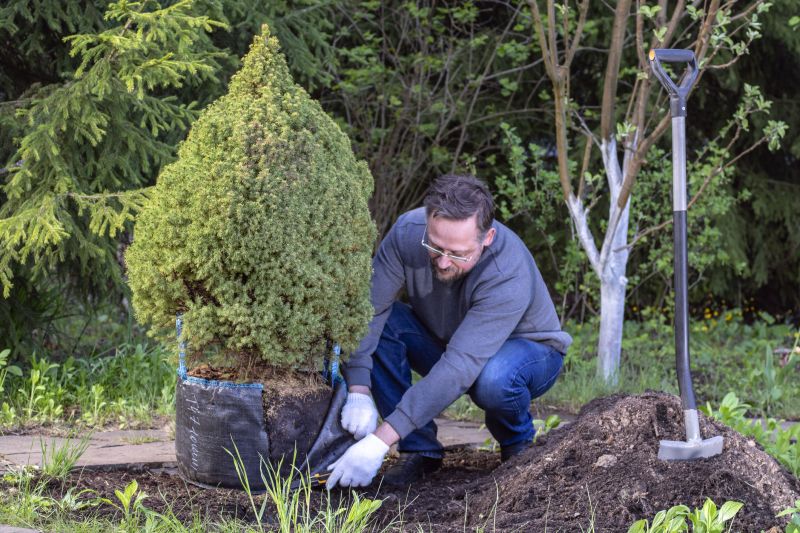
A tree being carefully dug and prepared for transport.
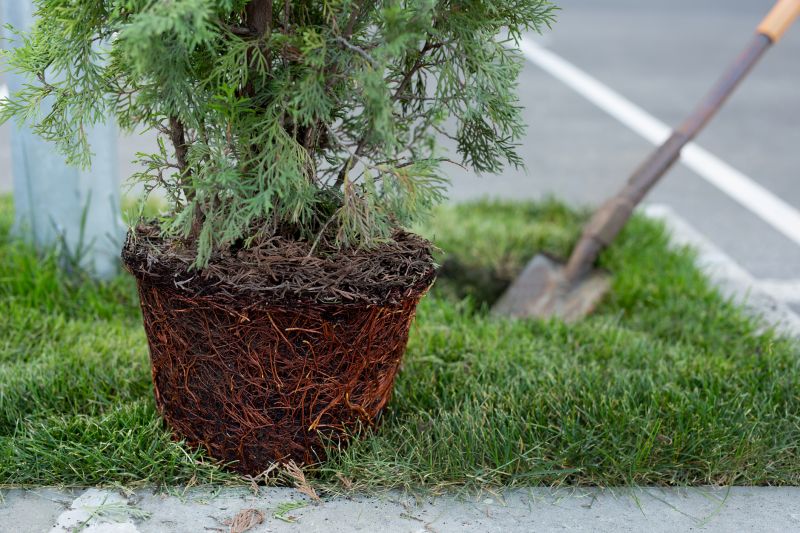
A tree during dormancy, ready for relocation in early spring or late fall.

A newly relocated tree thriving in its new environment.
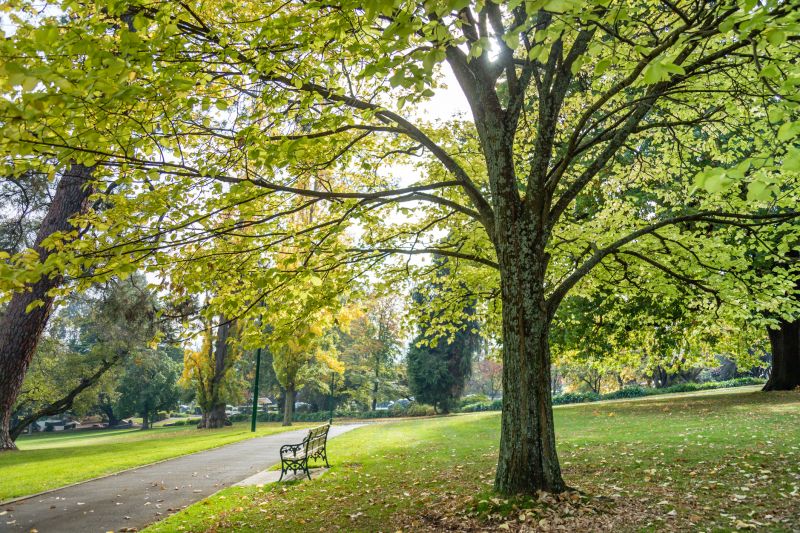
Ways to make Tree Relocations work in tight or awkward layouts.

Popular materials for Tree Relocations and why they hold up over time.
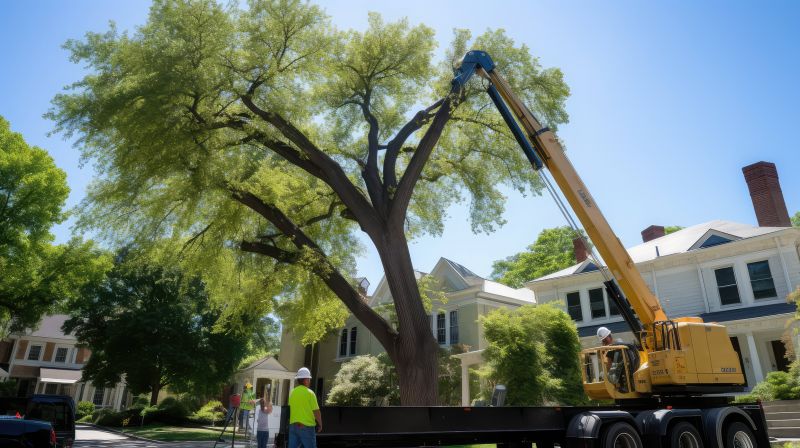
Simple add-ons that improve Tree Relocations without blowing the budget.
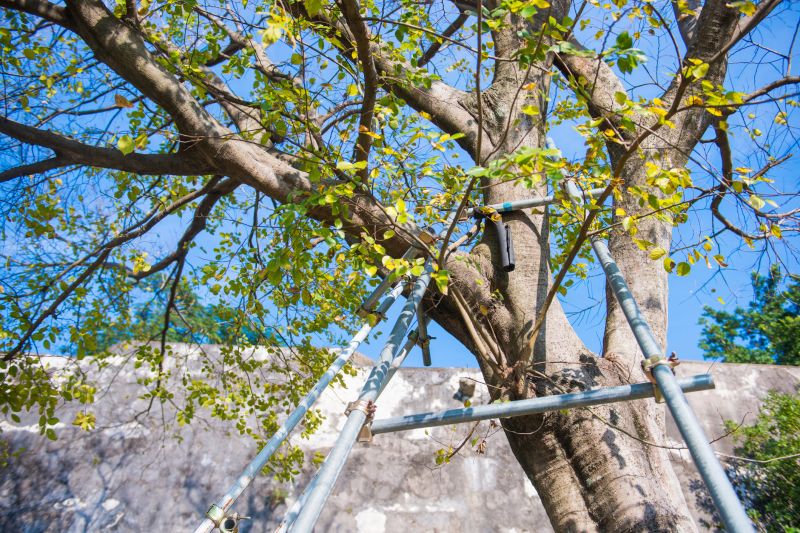
High-end options that actually feel worth it for Tree Relocations.

Finishes and colors that play nicely with Tree Relocations.
| Season | Best Practices |
|---|---|
| Late Fall | Move trees after leaf drop, before ground freezes. |
| Early Spring | Relocate before bud break, when trees are still dormant. |
| Summer | Generally not recommended due to active growth and stress. |
| Winter | Not suitable unless in mild climates and with proper planning. |
| Species-Specific | Consult guidelines for particular tree types. |
Tree relocations involve carefully excavating, transporting, and replanting trees to new locations. Proper timing is crucial to ensure high survival rates and healthy growth. Factors such as species, climate, and growth cycle influence the best window for relocation. Research indicates that trees moved during dormancy or early growth phases experience less transplant shock and establish more effectively. Statistics show that successful relocations can result in up to 80% survival when performed at optimal times, reducing long-term maintenance and replacement costs.
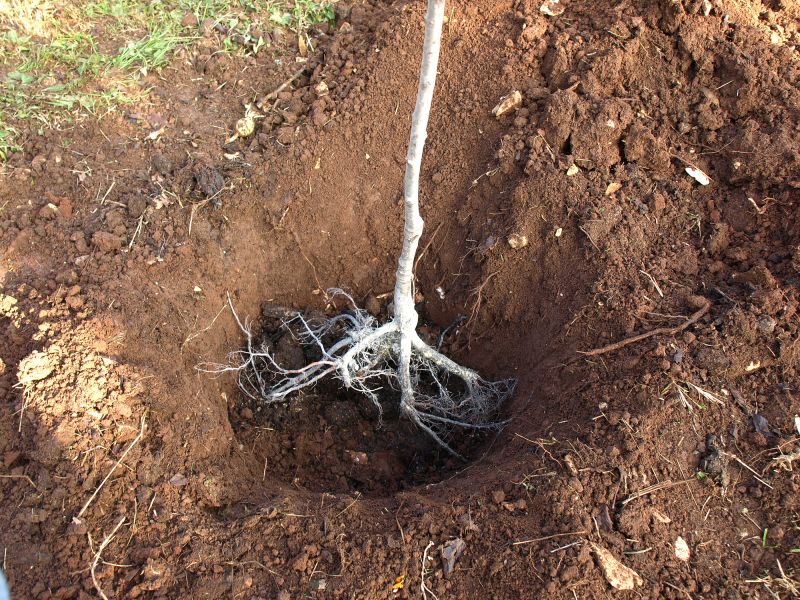
A tree being carefully dug with minimal root disturbance.

Trees securely loaded onto transport vehicles for relocation.

A tree being positioned and stabilized in its new site.
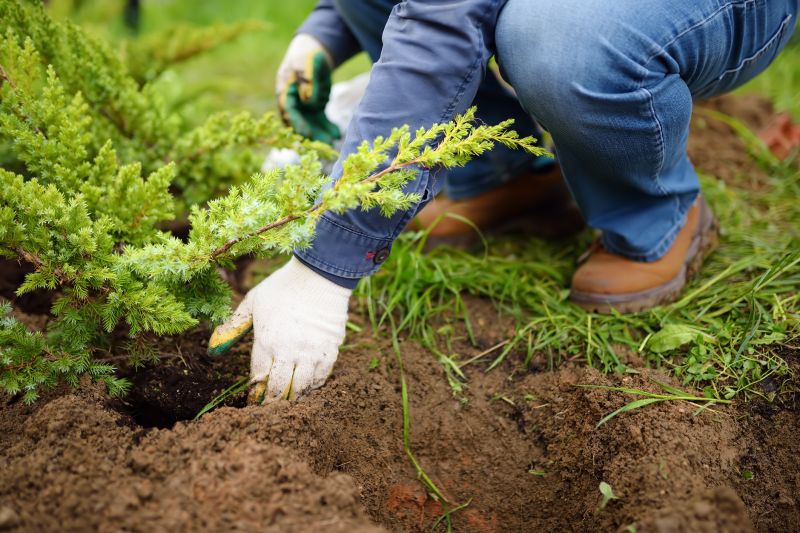
A successfully relocated tree thriving in its new environment.

Little measurements that prevent headaches on Tree Relocations day.
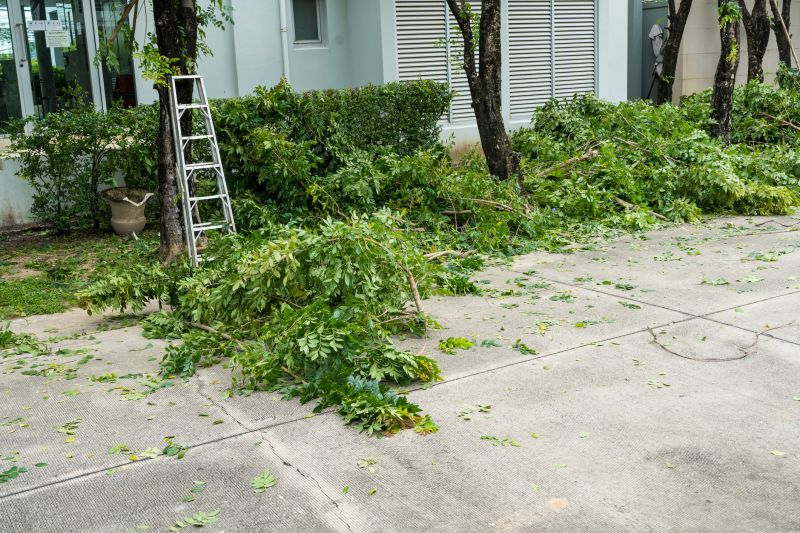
A 60-second routine that keeps Tree Relocations looking new.

A frequent mistake in Tree Relocations and how to dodge it.

Small tweaks to make Tree Relocations safer and easier to use.
Interested in relocating a tree? Filling out the contact form provides detailed information and guidance on the optimal timing and process for your specific situation.



